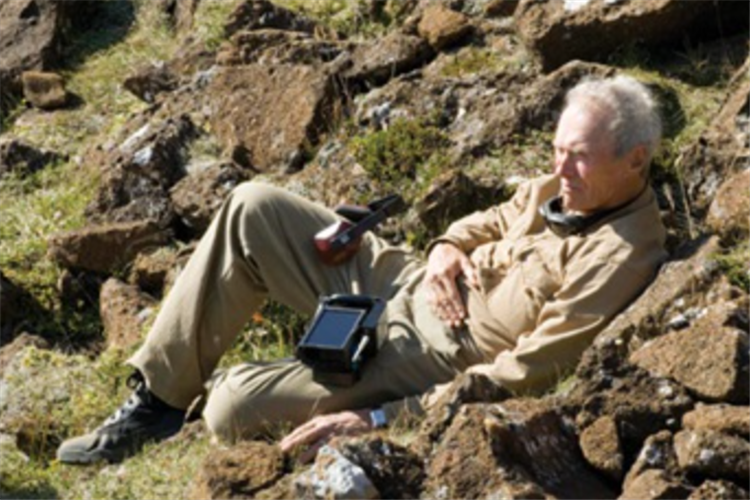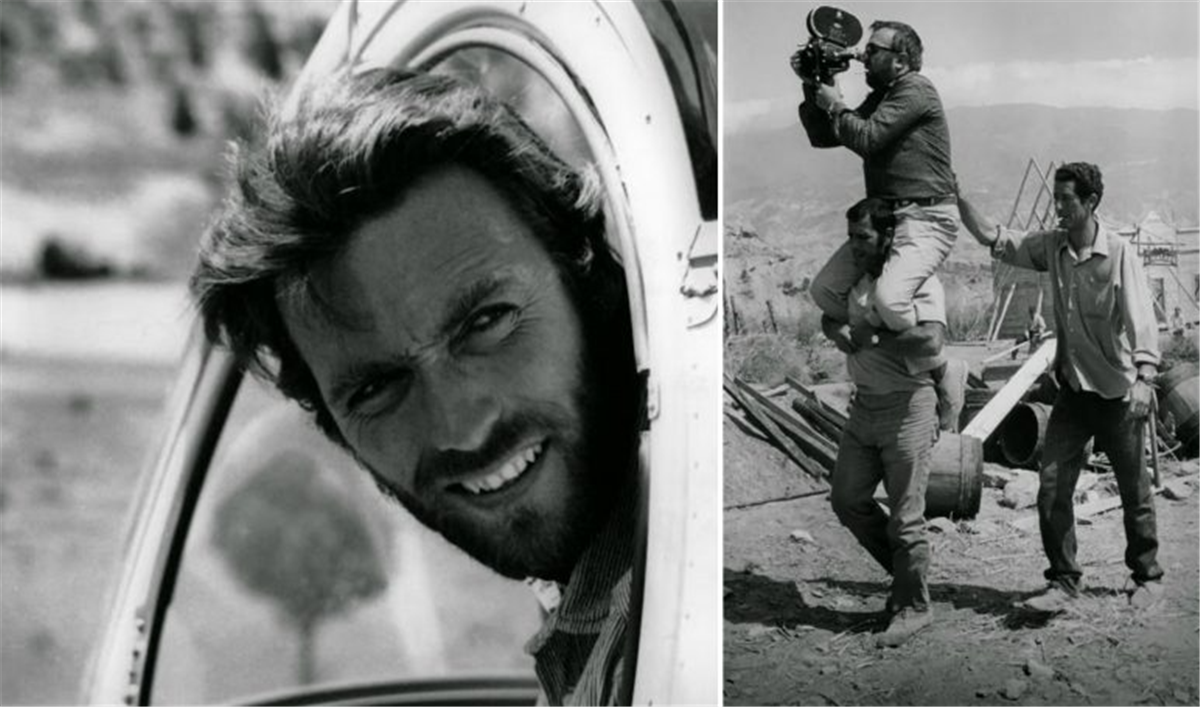It might be easy to think of Clint Eastwood and hark back to his greatest acting performances, including his efforts as ‘The Man With No Name’ in Sergio Leone’s Dollars Trilogy and Harry Callahan in Dirty Harry, but the reality is that Eastwood is not only an acclaimed star of the screen but also a widely admired director too.
Eastwood delivered his directorial debut, Play Misty for Me, in 1971, and since then, he has gone on to provide many brilliant pieces of cinema from the director’s chair. The best of them are Unforgiven, The Bridges of Madison County, Million Dollar Baby, Letters from Iwo Jima, and Gran Torino, the likes of which prove Eastwood’s versatility as well as his talent and prowess.
Of course, directing a movie comes with many more responsibilities than just acting in one, and Eastwood seems to know how to pull the strings of a film’s production and bring it to brilliance. Creating a positive working atmosphere is one facet of directing that goes under the radar, and Eastwood once spoke of how he generates a happy, creative environment.
In an interview with the DGA, Eastwood once said, “I like to have fun. I like everyone to be in good humour.” Well, that’s one side of the kind of atmosphere Eastwood wants to provide for his cast and crew, but a movie production that’s just pure hilarity and antics isn’t likely to gain much traction or even be completed.

On the other hand, Eastwood also likes to make sure that his movie sets are “quiet” and not “loaded with tension”. Even though quiet is required for Eastwood and his team to do their best work, one of the things that he finds most annoying, even more than people “yelling at each other,” is when they tell one another to “shhh” because they “end up making more noise than the people they’re trying to ‘sssh’.”
Early into Eastwood’s directing career, he was taking charge of a movie at MGM, and when he walked onto the soundstage, a “huge bell” started ringing to indicate that the scene was about to begin. Eastwood explained his disapproval of such a method, noting, “I thought, ‘What is this shit?’ What happens when you’re doing a really sensitive scene or a scene that demands a certain amount of concentration? You shouldn’t put a person through that.”

Naturally, though, there tends to be a lot of talk on a movie set; after all, the cast and crew have to communicate with one another. To keep things quiet on a set, Eastwood uses “tiny headsets” that he had seen on the heads of the Secret Service when he attended a dinner at the White House back when Gerald Ford was the President of the United States.
The technology proved to be the best thing for Eastwood and his team. The director explained, “[We] got the same headsets, and then all of those conversations could take place without disturbing the whole set. You can be rehearsing the actors, and the crew can be talking, but nobody’s hearing it.”
So, Eastwood likes to ensure that his cast and crew can enjoy their time working with him by dousing his productions with fun and humour. But when it comes time to work, then it’s time to work, and Eastwood reduces the sound to a minimum so his actors can concentrate and bring the kind of intensity to their performances that make his films so great.
